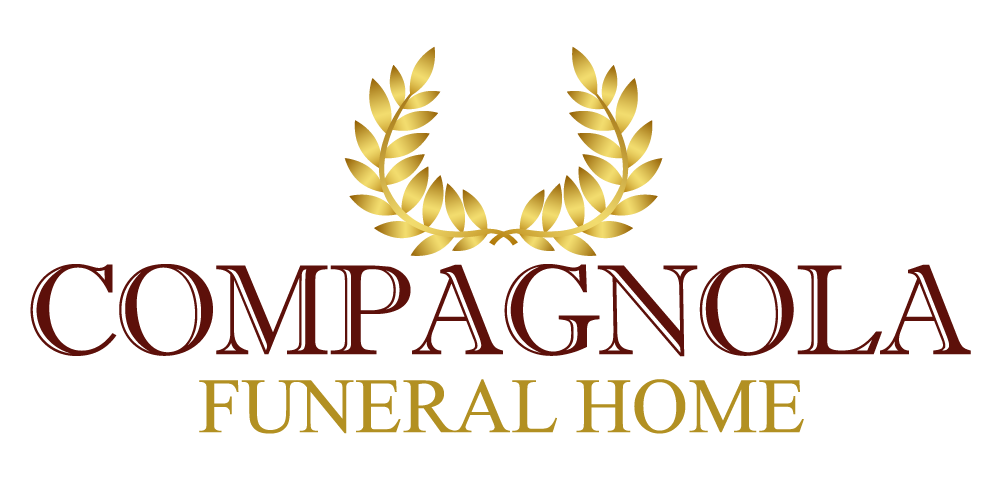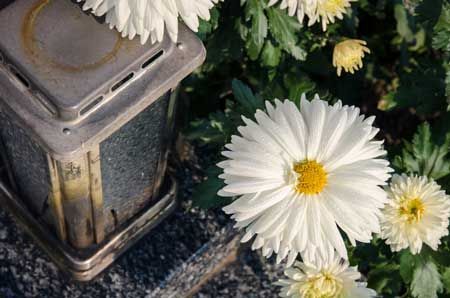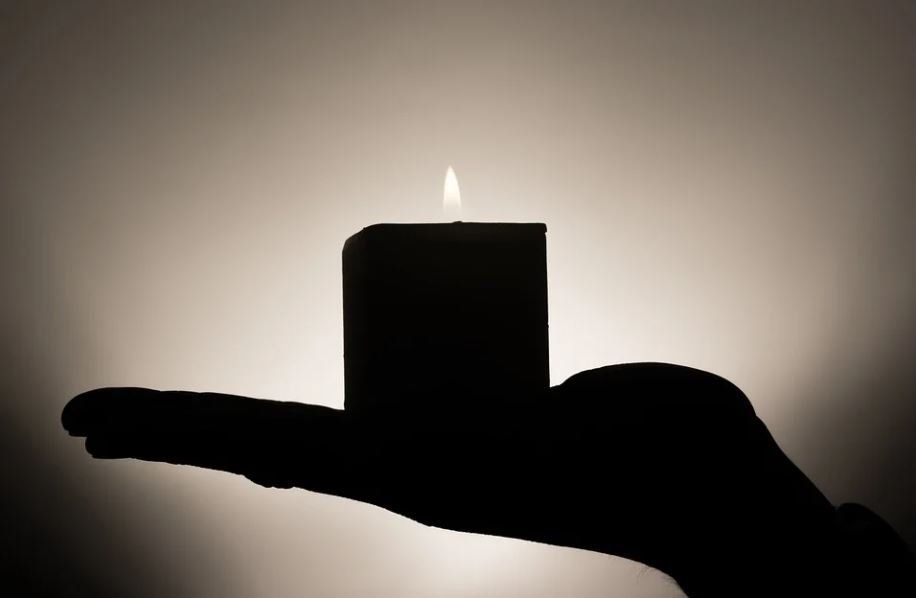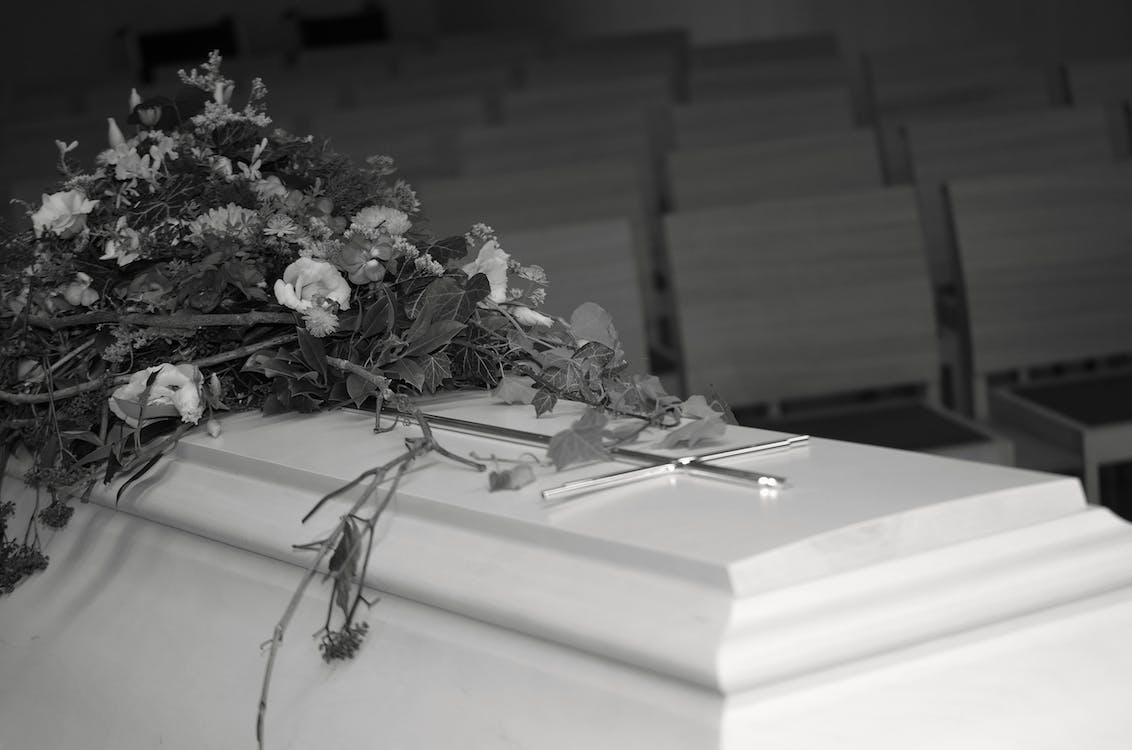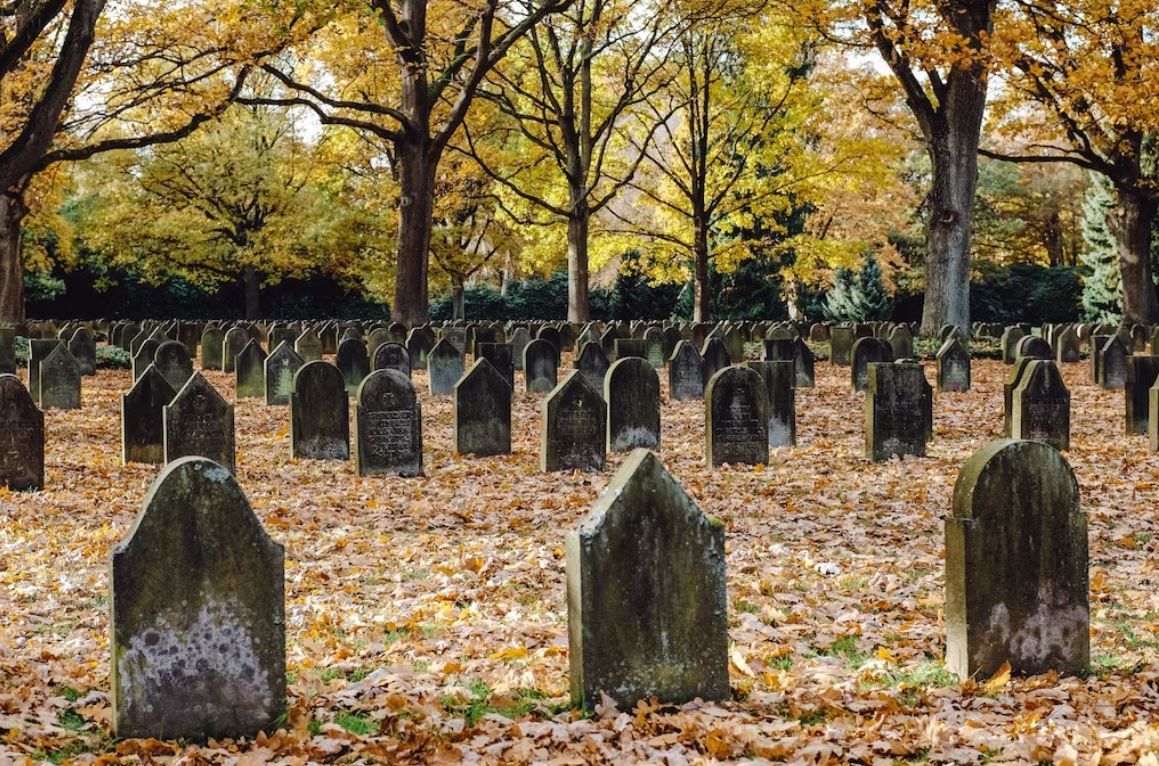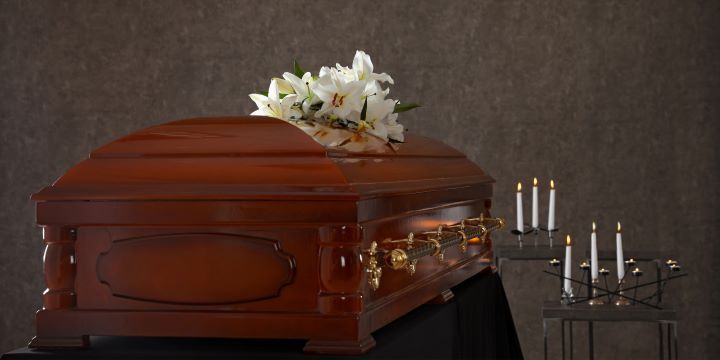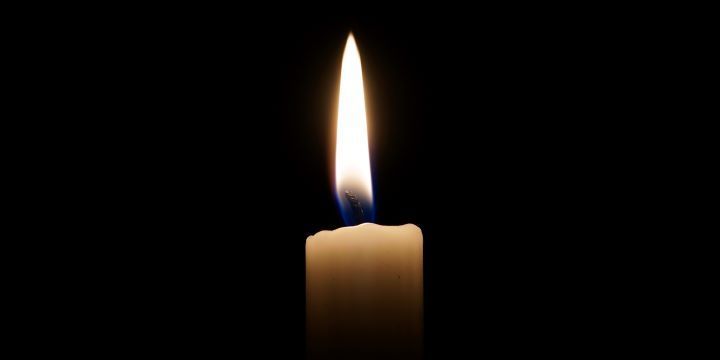The History of the Funeral Industry in Philadelphia
The funeral industry has witnessed progress since the 18th century. Here, we examine the stages of its growth in Philadelphia, PA - from coffins to cremation.
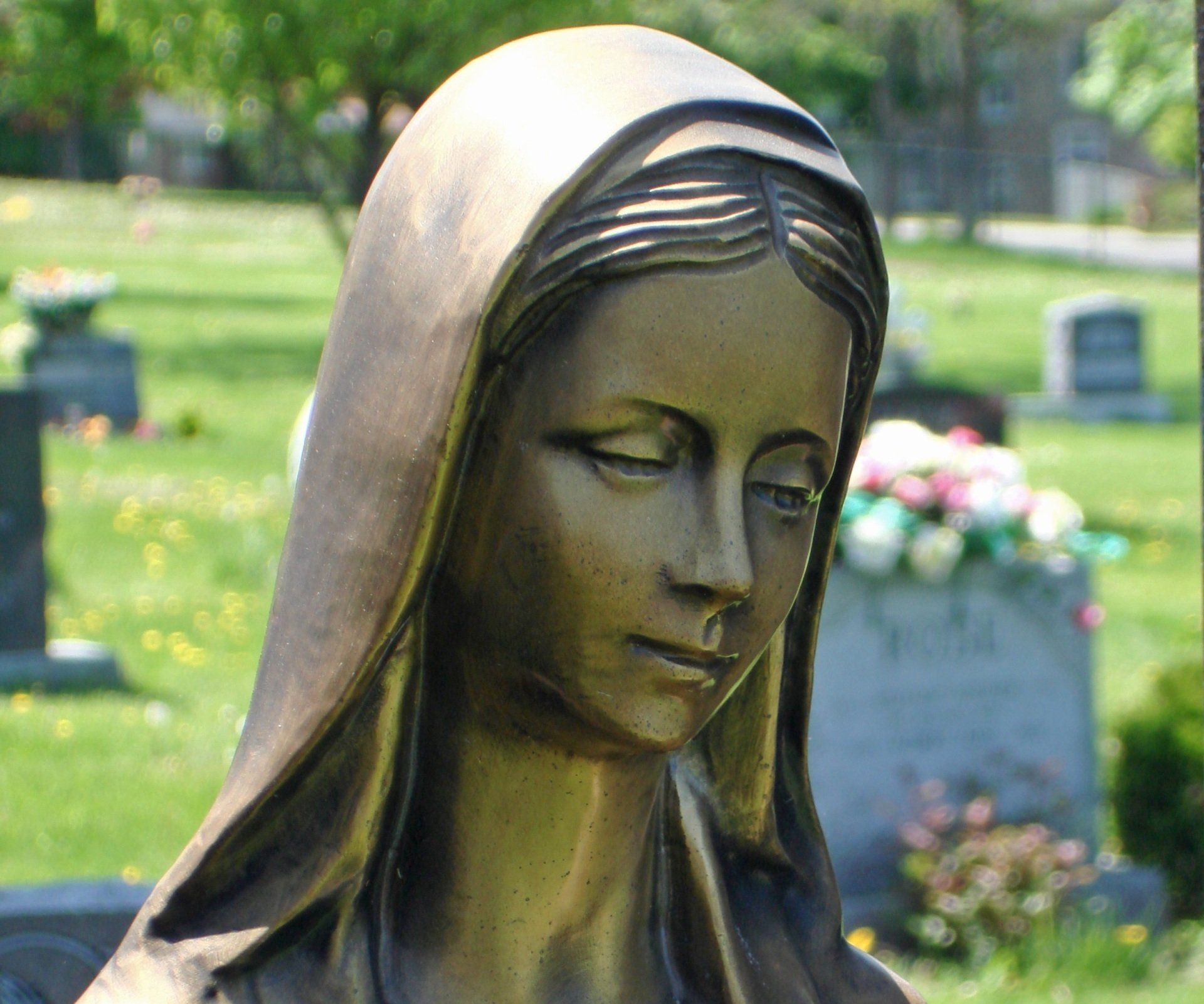
Appreciating the importance of funeral homes in Philadelphia, PA will only come when you understand the history of the funeral industry in Philadelphia.
Beginnings in Philadelphia
Historically, funerals and burial rituals in Philadelphia have served to remember and comfort the dead. These practices reflect changing gender roles, new materials, technologies, and changing demographics. In the nineteenth century, women were responsible for caring for the dead before burial, while male sextons buried them. In the late nineteenth century, embalming, undertaking, and funeral directing became widespread occupations for men, leading to a significant change in funeral and burial practices. The arrival of diverse populations in the area also led to the development of funeral and burial customs.
The body was prepared by layers-out of the dead or shrouders before mortuary practices became professionalized. The dead were honored by being washed, dressed, and groomed by the layers. The deceased body cavities were filled with charcoal to slow down putrefaction, and layers closed the deceased's eyes and mouth. Internal organs were removed, orifices were blocked, and alcohol was applied. The work of these artists allowed family and friends to view their beloved with minimal revulsion. The women who worked as a layer-out of the dead included relatives, neighbors, and those who offered to work for pay.
Mid-19th Century
From the mid-19th century onward, formal training and licensing of professionals, such as undertakers and embalmers, were increasingly used to care for the dead. The former conducts funerals, and the latter prepares bodies for burial. According to Philadelphia city directories, men outnumbered women who worked as embalmers and undertakers. There were 125 male undertakers, a female undertaker, and only four female layer-outs in Philadelphia in 1867. Family members often ran the business.
The introduction of coffins changed the manner of burial in the eighteenth and early nineteenth centuries. The boxes that served as coffins were typically plain, hexagonal, pinch-toed, and decorated with simple iron handles. The workshop of Jacob Knorr, one of the nation's oldest coffin makers, was located in Germantown. Caskets eventually replaced coffins at the end of the nineteenth century. With its larger, more elaborate design, elaborate handles, and sometimes a window that let the living see the dead, the "casket" was a receptacle that contained precious treasure. In addition, the casket's extravagance marked the dead as an exceptional individual, indicating the deceased's real or desired status.
Late 19th Century
The late nineteenth century also saw the rise of cremation. Some Pennsylvanians opted for cremation because of concerns about illness spreading through improper burials. As a result of the country's first crematorium, built in Washington, Pennsylvania, other crematoria were built, including the second facility in Lancaster. In addition, reformers formed societies throughout Philadelphia and Lancaster to promote cremation rather than burial. The Philadelphia Cremation Society built the city's first crematorium in 1886, and the Board of Health built a second near the municipal hospital several years later. Early in the twentieth century, New Jersey built its first crematorium.
The environmental movement and digital technology had changed the region's funeral practices by the turn of the twenty-first century. Then, the memorials allowed viewers to see photos of the deceased, express condolences, and share memories, allowing family members and friends to pay their respects to lost loved ones.
Conclusion
Funeral and burial practices have been influenced for centuries by professional, material, and social factors in the Philadelphia region. For example, women took over the role of layers, coffins gave way to caskets, and burial often gave way to cremation. Religion, economics, and ethnic diversity also influenced residents' final farewells and resting places. Whichever burial method you wish to have, funeral homes in Philadelphia, PA, are available to meet your funeral needs.

